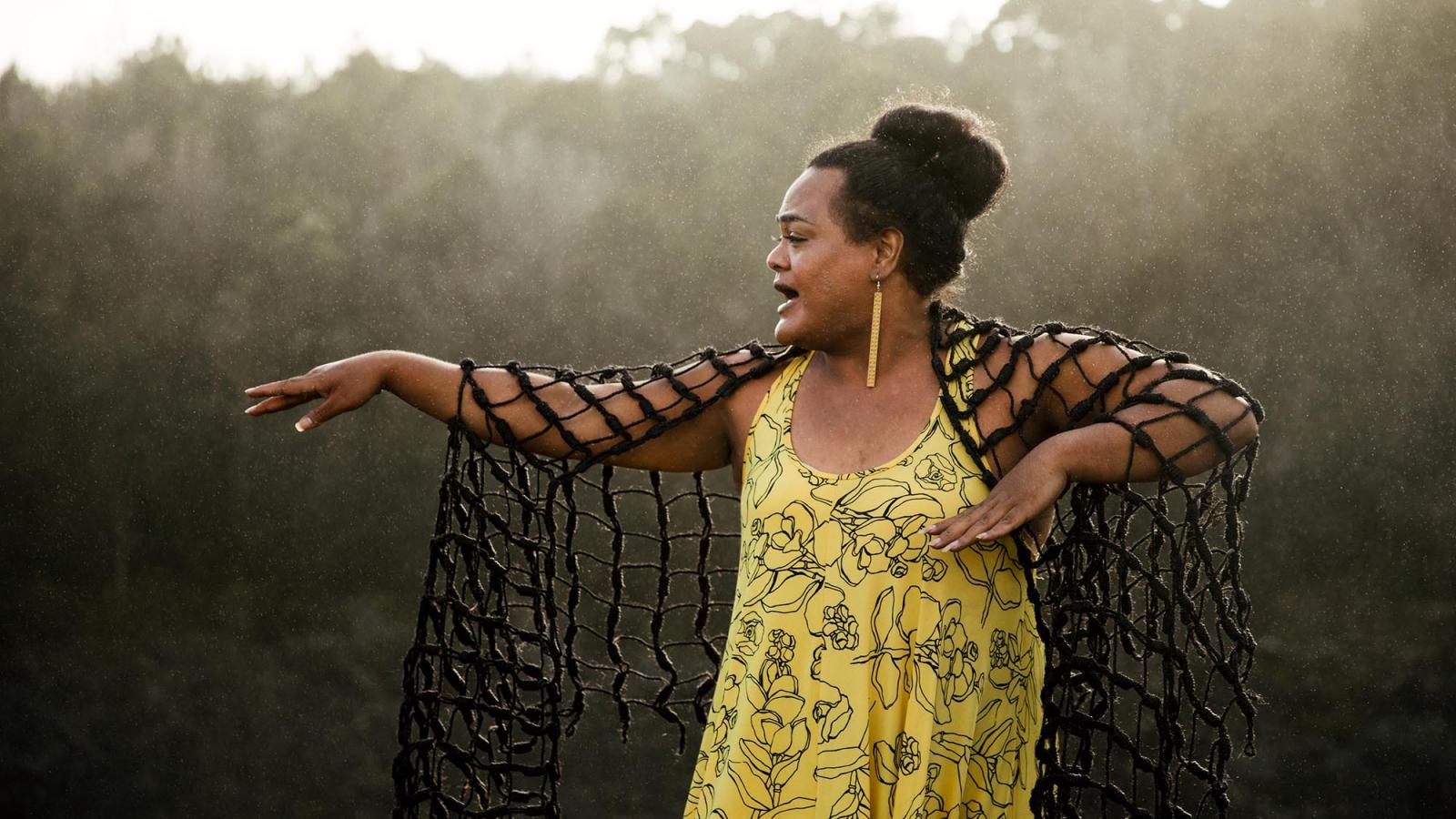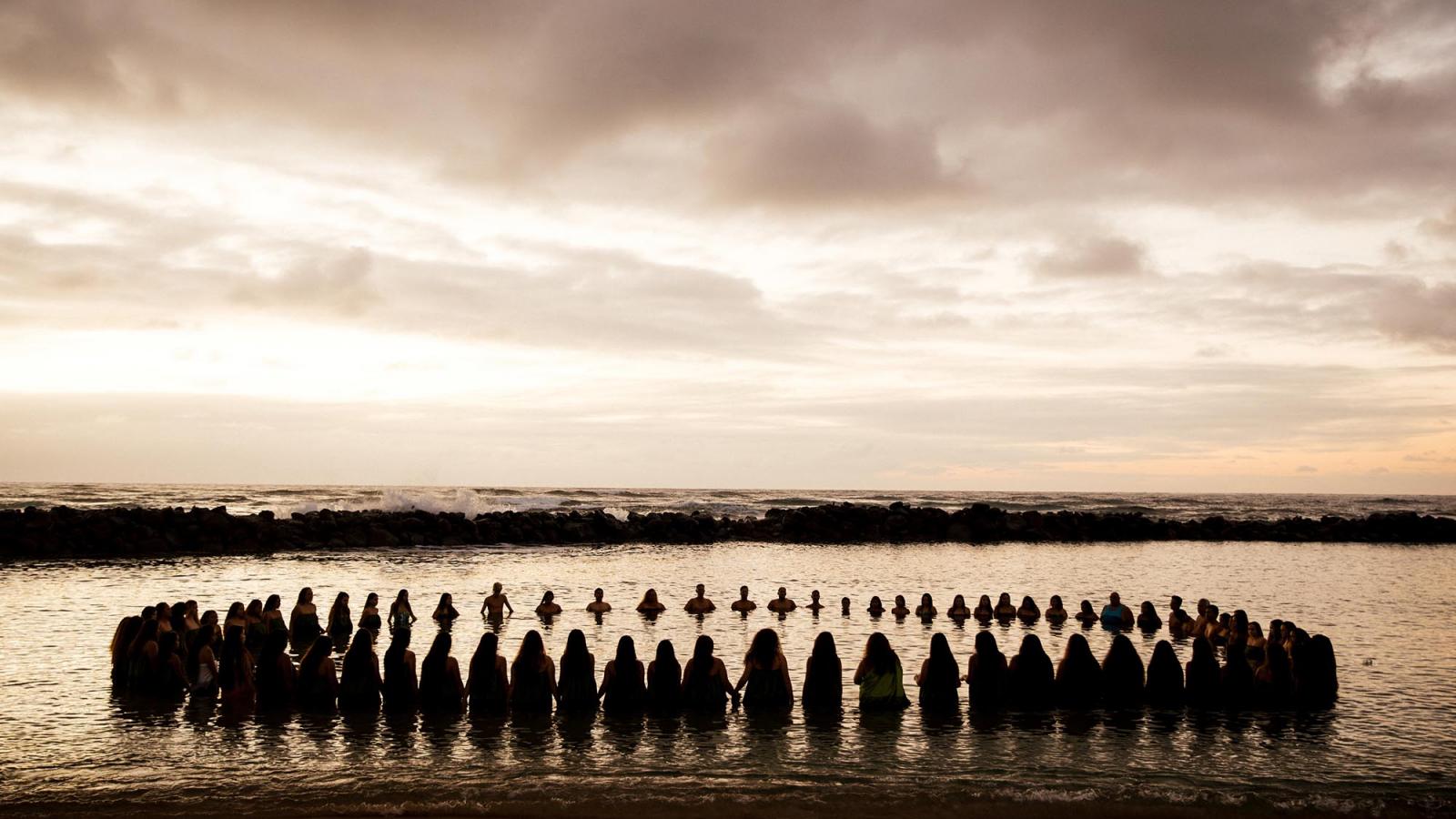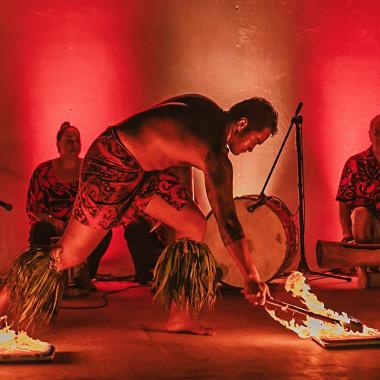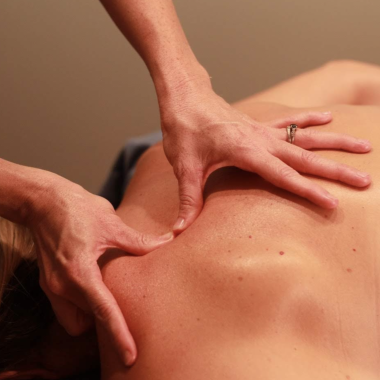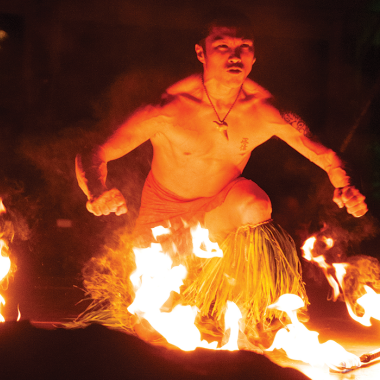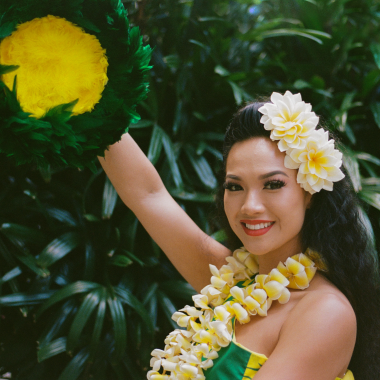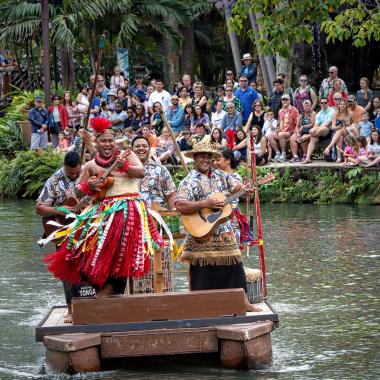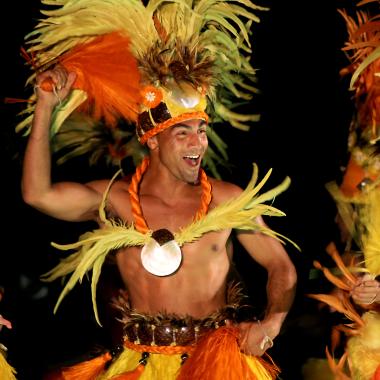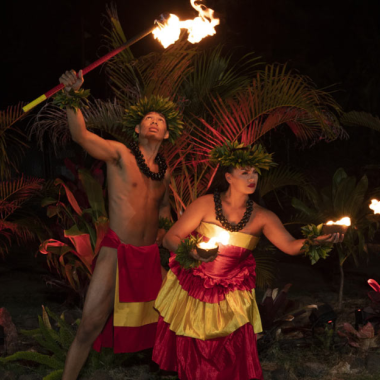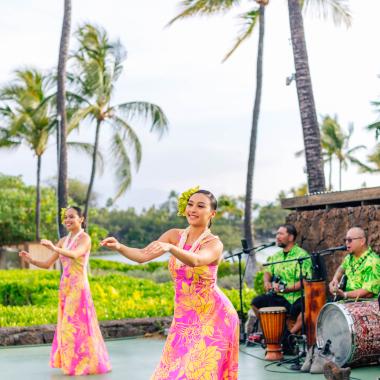

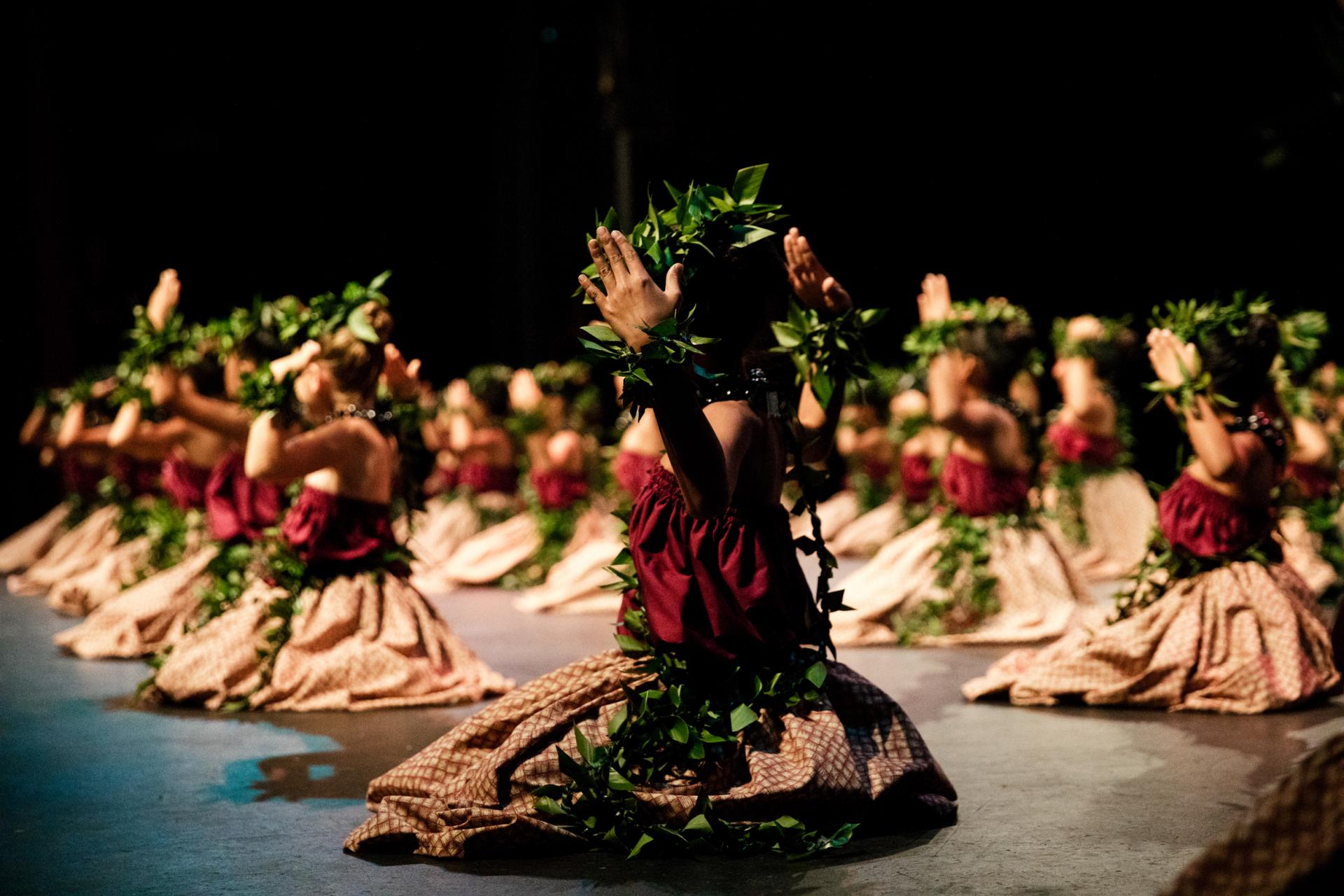
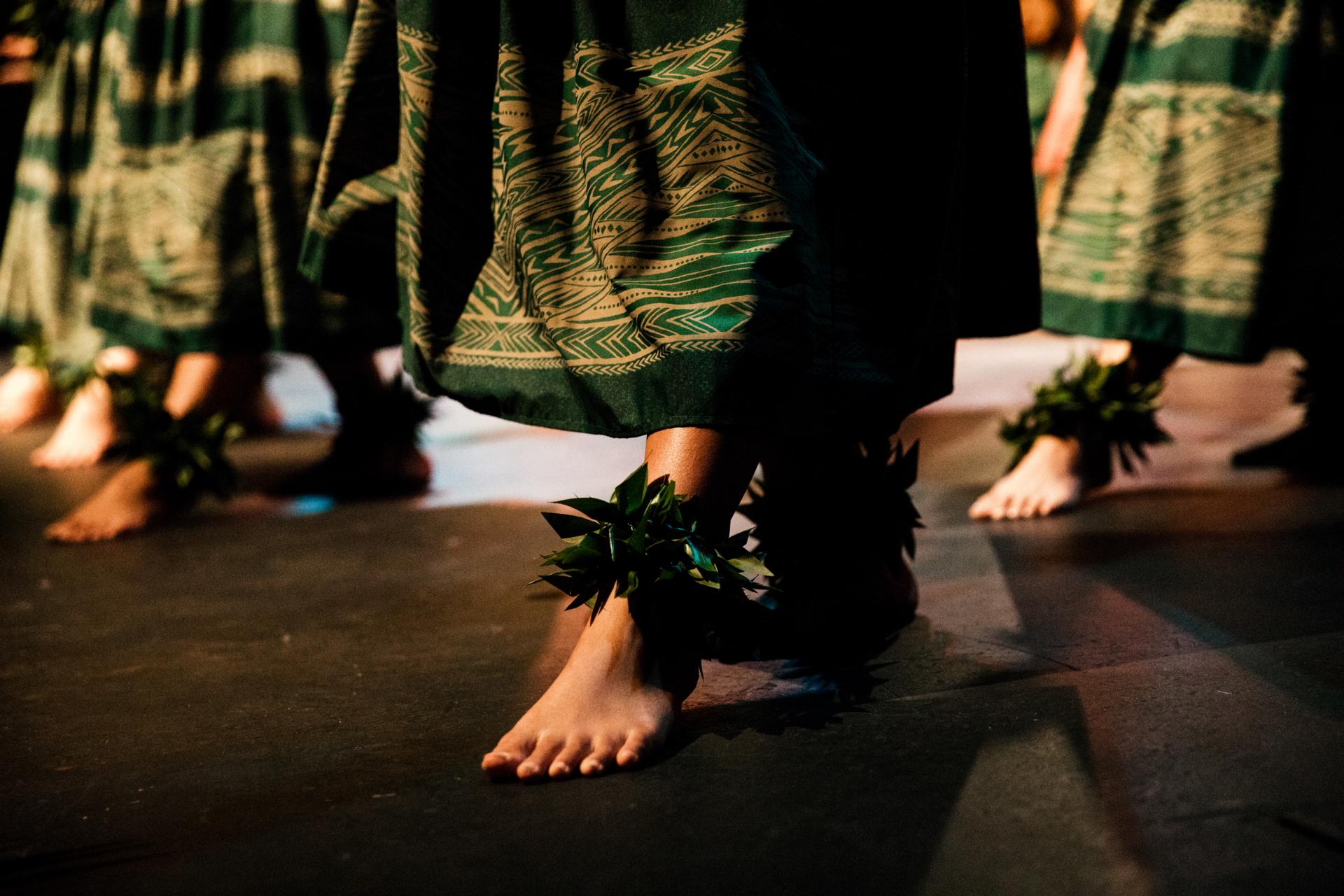
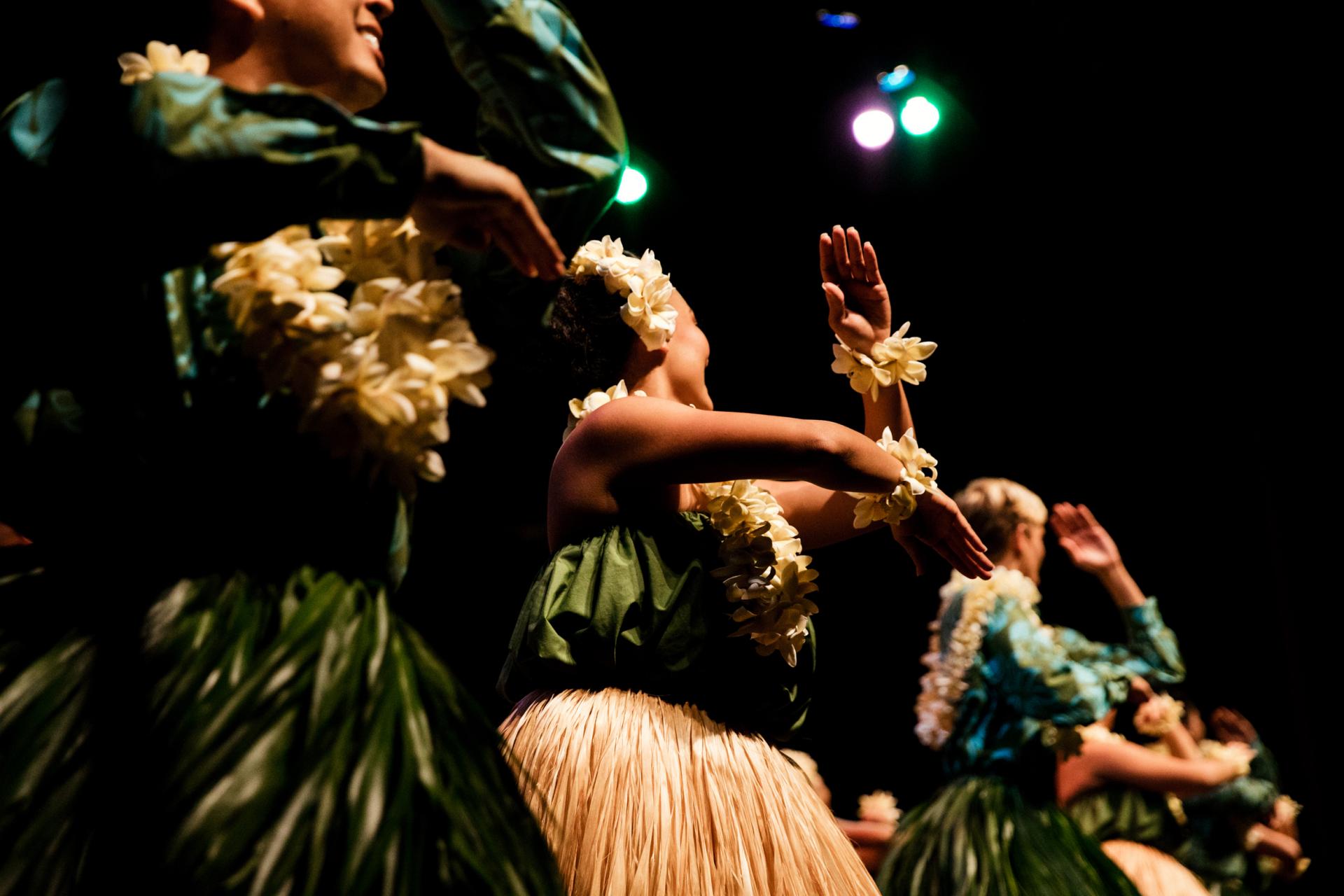
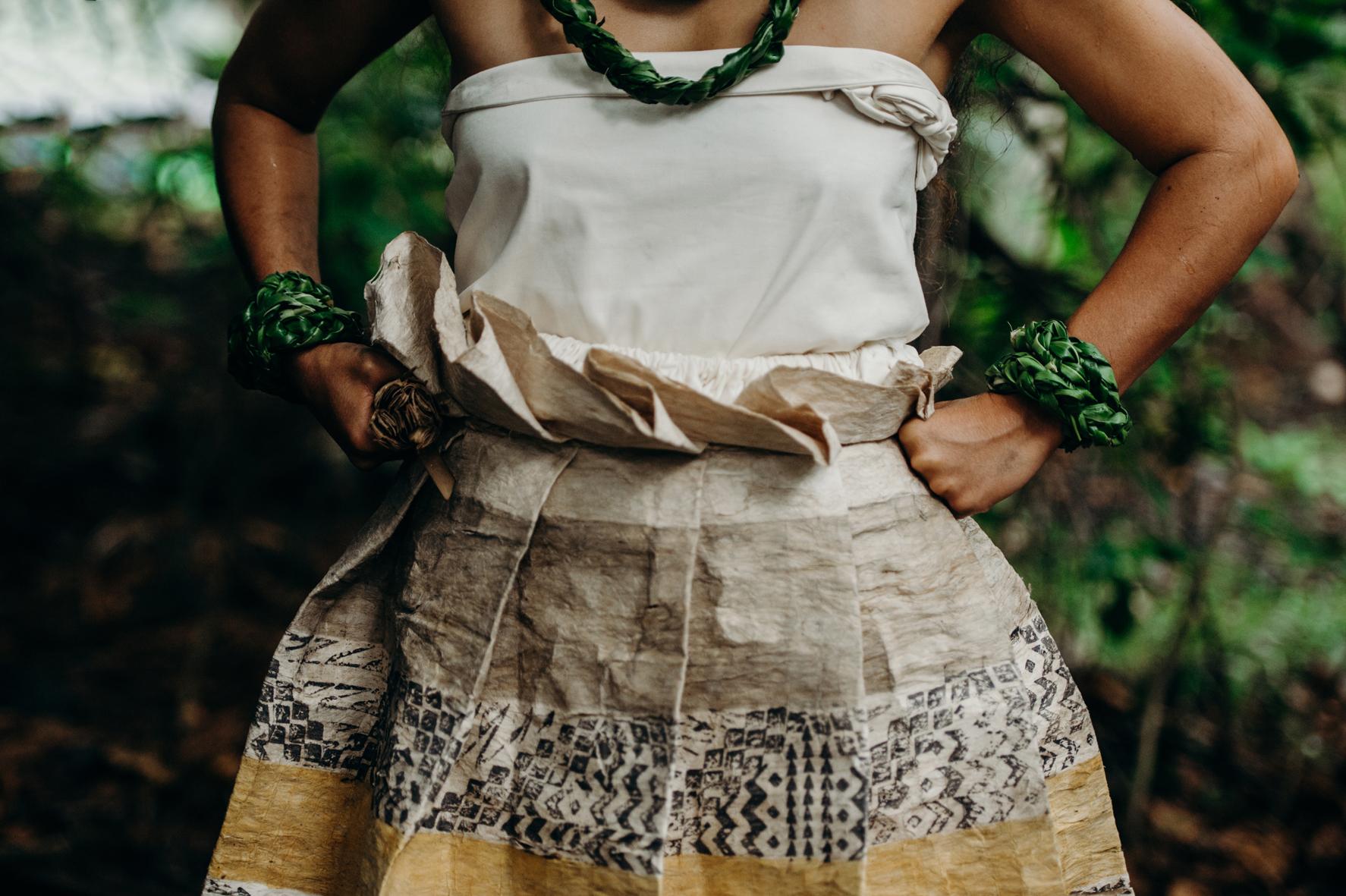
Hula
Scroll to Continue
Hula in the Hawaiian Islands
On its surface, hula is the storytelling dance of the Hawaiian Islands. As with all of Hawaiian culture, when you are fortunate enough to learn more about it, much deeper, more powerful and empowering truths may be revealed. Hula can be paired with chants or contemporary music, slow and sentimental in tempo or fast and energetic. But no matter its style, it is all part of a cultural practice of sharing a trove of stories that connect dancers and audiences to the foundation of Hawaiian ancestral knowledge. Hula animates history, genealogy, prophecy, and the tales of those who came before.
For dancers who connect more deeply through their hula traditions, dance is just one part of the practice, which often involves stewardship of the environment. For example, there may be a reciprocal relationship where dancers care for the forests, which in turn provide for them, including ferns, maile and other materials to make lei and garb that enliven the performance. Practices differ from hālau (hula school) to hālau, but they all aim to create a tangible, personal connection between the dancer, the stories he or she is dancing about, and the legendary origins of hula itself.
"Aohe pau ka ʻike i ka hālau hoʻokahi. No one school contains the totality of all knowledge. A proverb that encourages respect of differing traditions, in hula and otherwise."
Hula has many roots, with various traditions offering different origins of the art – reflecting the beauty of the Hawaiian respect for multiple perspectives in a way that does not need to be mutually exclusive.
Two overarching styles of hula are hula kahiko (ancient hula) and hula ʻauana (modern hula). To simply categorize the two as old and new, however, minimizes the differences between the two and overlooks important distinctions.
Hula kahiko is traditionally performed as part of or as an extension of a ceremony, set to an oli (chant) and accompanied by percussion instruments. While many of the oli we hear along with hula kahiko are compositions from generations ago, there are also new oli and accompanying hula composed today. To call hula “ancient” improperly implies that the art is static. Rather, hula kahiko has strong roots in the past and continues to grow in modern Hawaiʻi.
Hula ʻauana is less formal hula, performed without ceremony. Around the turn of the 20th century, more new hula began to emerge in this less formal style. A story is told with the accompaniment of song and stringed instruments such as guitar, bass, steel guitar and ʻukulele.
Enjoy Hula Respectfully
Hula dancers train for years with the physical intensity of professional athletes and the academic rigor of doctoral students under the tutelage of a kumu hula (hula teacher) before performing in public, so it is important to enjoy a performance respectfully.
If you happen upon a hula performance as part of a ceremony, note that it may not be intended as a public performance. You may be asked to keep a respectful distance, be silent, refrain from taking photos or video, or follow some other request to maintain the sanctity of the ceremony. Even if you are not asked to do so, it is appropriate to maintain a respectful distance.
Hula, A Pacific Dance Tradition
Though it is one of many Pacific dance traditions, hula is distinctively Hawaiian. Hula is often showcased alongside the Samoan fire dance, Tahitian otea, and Maori haka, particularly in lūʻau shows in Hawaiʻi. But hula should not be confused with those traditions from other lands.
Hawaiian Hula in Action
Find More Information About Hula
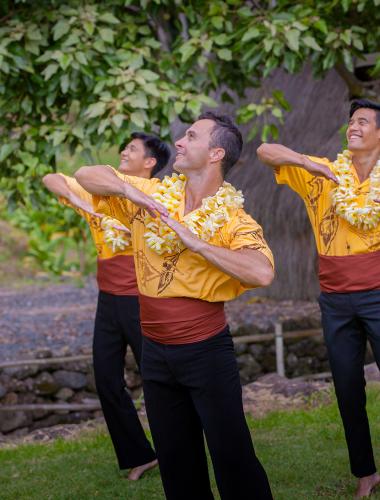
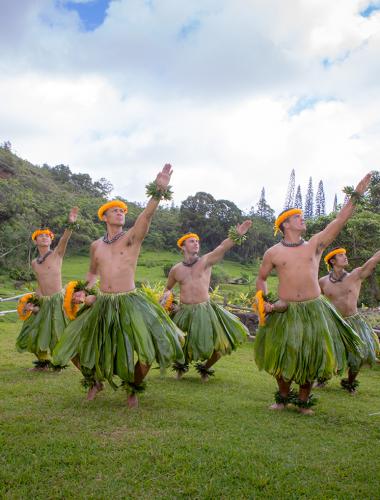
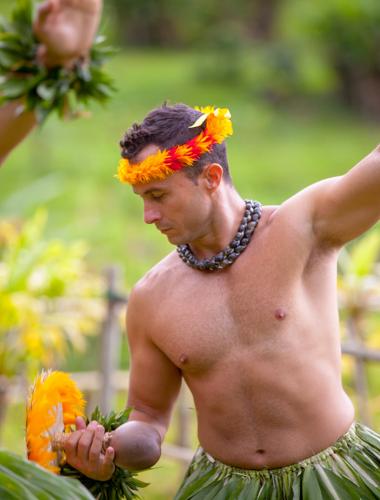
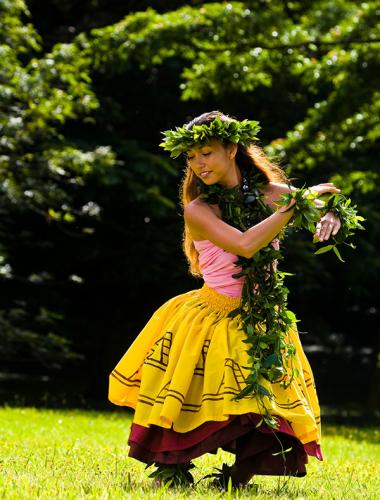
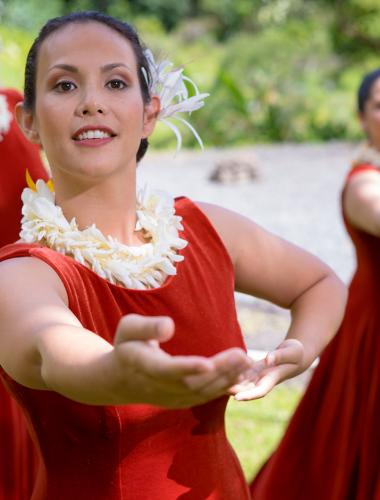
Hula Terminology
Kahiko: ancient, long ago.
'Auana: to wander, drift, go from place to place.
Hālau Hula: Hula School
Kumu Hula: Hula Teacher
Ho‘omākaukau: To prepare, make ready.
Often used by the kumu hula (hula teacher) before the hula performance has begun to signal the hālau to get ready.
'Ae: yes; to say yes.
The hālau’s response to the kumu hula, letting him/her know they are ready to begin.
Pā: a sound; to sound; beat; signal to begin a dance
Hā‘ina: the two or more last verses of a song.
You may hear this term used by the hālau in the middle of the performance. This means the hālau is nearing the end of the song, the end of the story.
See Hula Performed at a Lūʻau
Join us for a Waikiki Sunset Cocktail Cruise! See spectacular sunset and city lights views aboard [...]
Let the light from the flickering tiki torches and the warm tropical breeze set your o’hana spirit [...]
No visit to Hawaii is complete without enjoying the experience of a traditional luau - and no luau is [...]
Activities at Still & Moving Center are also available online! Still & Moving Center is a local and [...]
Experience Oahu's most authentic Hawaiian luau at the Polynesian Cultural Center’s Ali‘i Luau. Set [...]
Come early and stroll the Plantation's tropical grounds as you enjoy the late afternoon sun or walk [...]
Pāʻina Waikiki, a unique dinner party luau where the vibrant stories of Waikiki's legendary eras come [...]
It's a celebration of life on Kauai at Smith's Tropical Paradise Garden Luau. Enjoy the local [...]
Every day at 2:20 pm, guests gather around Hawai'i's only water performance venue - the magnificent PCC [...]
Join our ʻOhana for an exciting evening under the stars as we take you on a voyage across Ka Moana (the [...]
With sweeping ocean views, tucked beneath the stunning Ko‘olau Mountains, Aloha Kai Lū‘au offers [...]
The Sunset Luau overlooks the ancient fishponds of 'Anaeho'omalu Bay - As the sun sets over [...]

